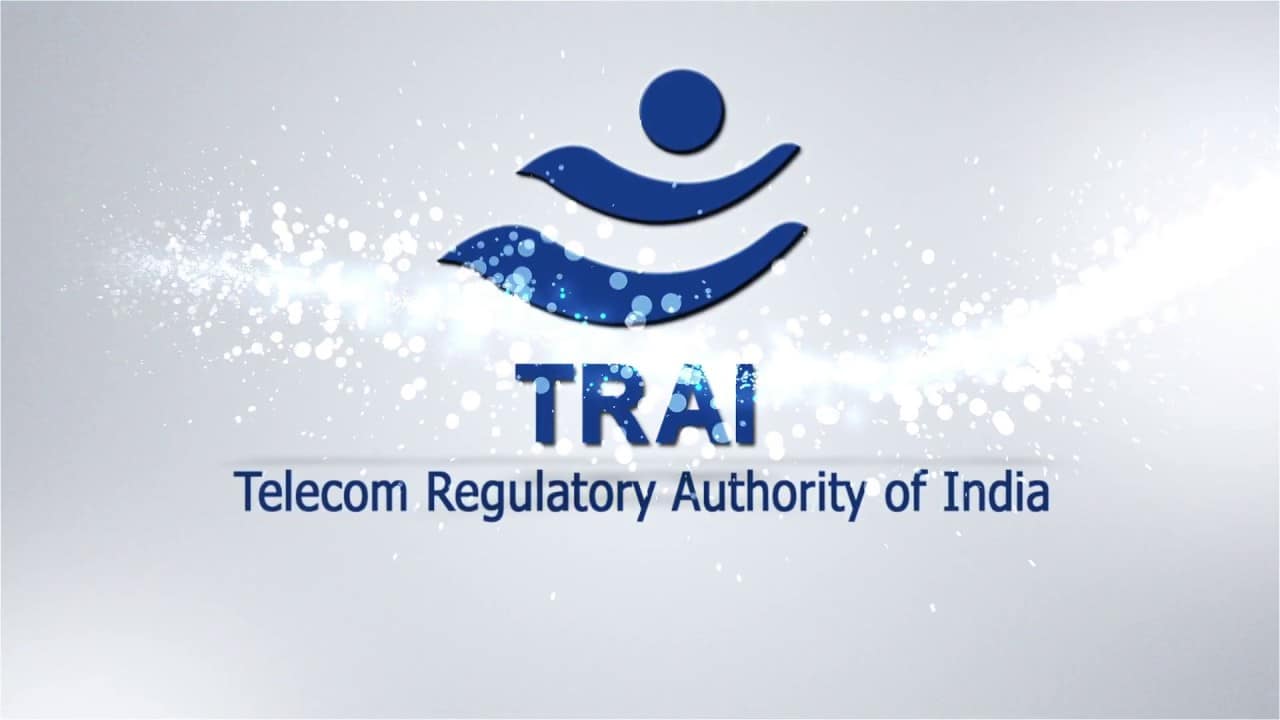About Telecom Regulatory Authority of India (TRAI):
- It is a regulatory body set up by the Government of India under section 3 of the Telecom Regulatory Authority of India Act, 1997.
- It is the regulator of the telecommunications sector in India.
- Composition:
- It consists of a Chairperson and not more than two full-time members, and not more than two part-time members.
- The chairperson and the members of TRAI are appointed by the Central Government, and the duration for which they can hold their office is three years or until they attain the age of 65 years, whichever is earlier.
- Government Control over TRAI:
- TRAI is not a completely independent telecom regulator.
- Under section 25 of the Act, it has the power to issue directions which are binding on TRAI.
- The TRAI is also funded by the Central Government.
- Functions:
- Making recommendations on various issues;
- General administrative and regulatory functions;
- Fixing tariffs and rates for telecom services; and
- Any other functions entrusted by the Central Government.
- The recommendations made by the TRAI are not binding on the Central Government.
- Central Government has to mandatorily ask for recommendations from TRAI with respect to the need and timing of new service providers and the terms and conditions of the licence to be granted to the service provider.
- TRAI also has the power to notify in the official gazette the rates at which telecommunication services are being provided in and outside India.
- The TRAI Act was amended in 2000, establishing a Telecom Disputes Settlement and Appellate Tribunal (TDSAT).
Telecom Disputes Settlement and Appellate Tribunal (TDSAT):
- It was set up to adjudicate any dispute between a licensor and a licensee, between two or more service providers, between a service provider and a group of consumers, and to hear and dispose of appeals against any direction, decision or order of TRAI.
- Composition:
- The Tribunal consists of a Chairperson and two Members appointed by the Central Government.
- The Chairperson should be or should have been a Judge of the Supreme Court or the Chief Justice of a High Court.
- A Member should have held the post of Secretary to the Government of India or any equivalent post in the Central Government or the State Government for a period of not less than two years or a person who is well versed in the field of technology, telecommunication, industry, commerce or administration.
Source: Mobile Calling New Rule: Big Changes In Incoming Calls, Messages From May 1
Last updated on December, 2025
→ Check out the latest UPSC Syllabus 2026 here.
→ Join Vajiram & Ravi’s Interview Guidance Programme for expert help to crack your final UPSC stage.
→ UPSC Mains Result 2025 is now out.
→ UPSC Notification 2026 is scheduled to be released on January 14, 2026.
→ UPSC Calendar 2026 is released on 15th May, 2025.
→ The UPSC Vacancy 2025 were released 1129, out of which 979 were for UPSC CSE and remaining 150 are for UPSC IFoS.
→ UPSC Prelims 2026 will be conducted on 24th May, 2026 & UPSC Mains 2026 will be conducted on 21st August 2026.
→ The UPSC Selection Process is of 3 stages-Prelims, Mains and Interview.
→ UPSC Result 2024 is released with latest UPSC Marksheet 2024. Check Now!
→ UPSC Prelims Result 2025 is out now for the CSE held on 25 May 2025.
→ UPSC Toppers List 2024 is released now. Shakti Dubey is UPSC AIR 1 2024 Topper.
→ UPSC Prelims Question Paper 2025 and Unofficial Prelims Answer Key 2025 are available now.
→ UPSC Mains Question Paper 2025 is out for Essay, GS 1, 2, 3 & GS 4.
→ UPSC Mains Indian Language Question Paper 2025 is now out.
→ UPSC Mains Optional Question Paper 2025 is now out.
→ Also check Best IAS Coaching in Delhi

















